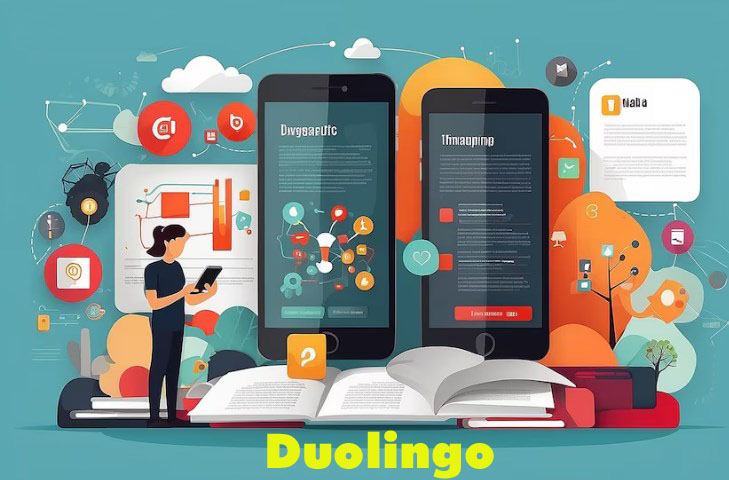Duolingo, founded in 2011 by Luis von Ahn and Severin Hacker, has quickly become a household name in the realm of language learning. With its innovative approach and user-friendly interface, Duolingo has garnered a massive global following, boasting millions of active users who utilize the platform to learn a wide range of languages.
Introduction to Duolingo:
Duolingo is an online platform and mobile app that offers free language education courses in over 40 languages. The company’s mission is to make language learning accessible to everyone, regardless of their background or financial status. What sets Duolingo apart is its gamified approach to learning, where users earn points and unlock levels as they progress through lessons.
How Duolingo Works:
Upon signing up, users can choose from a variety of languages to learn, ranging from widely spoken languages like Spanish and French to less common ones such as Irish or Swahili. The lessons are structured into modules that cover vocabulary, grammar, reading, writing, and speaking exercises.
Duolingo employs a mix of interactive exercises, including:
- Listening and Speaking Exercises: Users listen to audio recordings and practice speaking sentences, helping to improve comprehension and pronunciation.
- Translation Exercises: Users translate sentences between their native language and the language they are learning, reinforcing grammar and vocabulary.
- Multiple Choice and Fill-in-the-Blank Exercises: These exercises test comprehension and reinforce learning through interactive quizzes.
- Progress Tracking: Users can track their progress through a visual dashboard that shows their daily practice streaks, points earned, and levels completed.
Innovative Features and Updates:
Over the years, Duolingo has introduced several innovative features to enhance the learning experience:
- Duolingo Stories: Interactive stories that immerse users in real-life scenarios and help improve reading and listening skills.
- Duolingo Podcasts: Audio episodes that feature engaging stories in different languages, designed to improve listening comprehension.
- Duolingo Events: Local meetups organized by users to practice languages in person and build a community around language learning.
- Duolingo for Schools: A platform designed for educators to incorporate Duolingo into classroom learning, allowing teachers to track students’ progress and assign specific lessons.
Impact and Reach:
Duolingo’s impact on language learning has been profound. It has democratized access to language education, providing a free alternative to traditional language classes and expensive software programs. Its user-friendly interface and engaging approach have attracted learners of all ages and backgrounds, from students and professionals to casual learners seeking to expand their linguistic abilities.
Challenges and Criticisms:
While Duolingo has received praise for its accessibility and effectiveness, it has also faced criticism. Some users feel that the platform’s gamified approach may prioritize short-term engagement over deep learning. Others have noted limitations in speaking and writing practice, which are crucial for mastering conversational fluency.
Conclusion:
Duolingo continues to evolve as a leader in language learning, leveraging technology to make learning enjoyable, accessible, and effective for millions worldwide. Whether you’re a beginner learning a new language for travel or a seasoned learner refining your skills, Duo-lingo remains a versatile tool that empowers individuals to explore the world through language.
As Duo-lingo expands its course offerings and enhances its features, its commitment to innovation and inclusivity ensures that it will remain a cornerstone of online language education for years to come.











